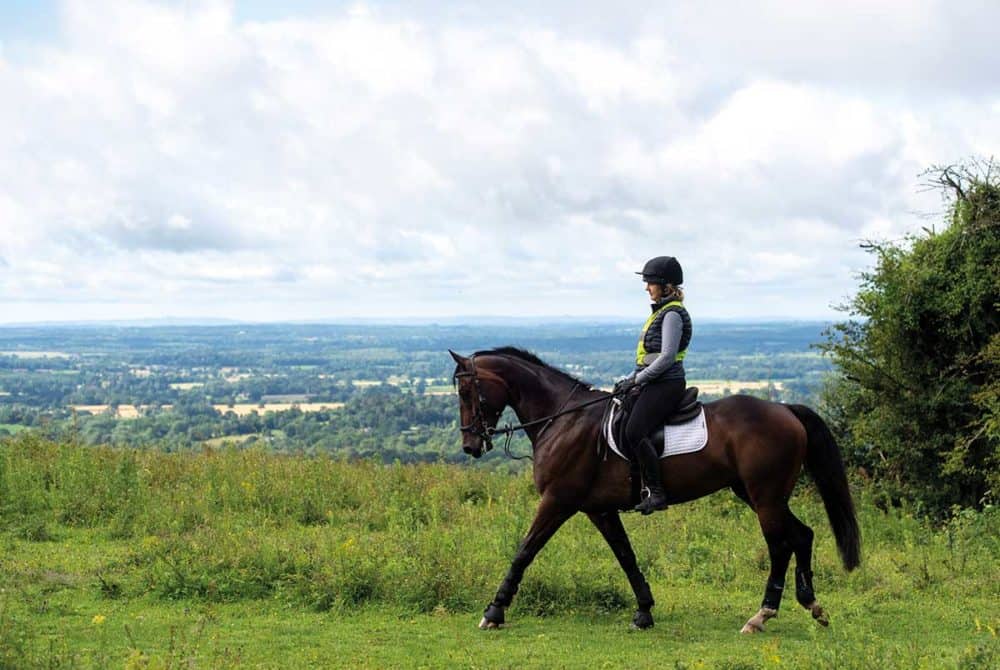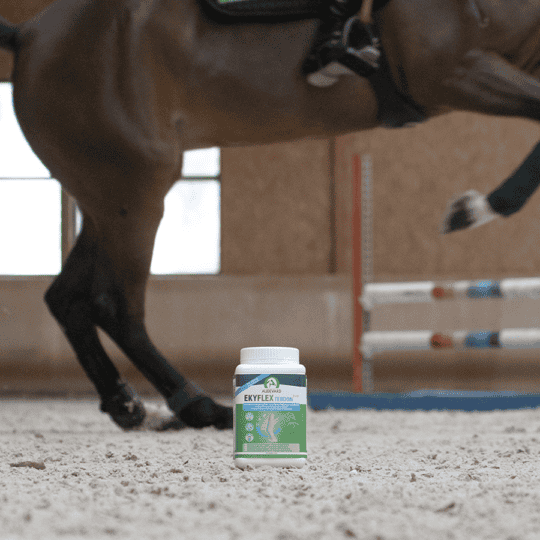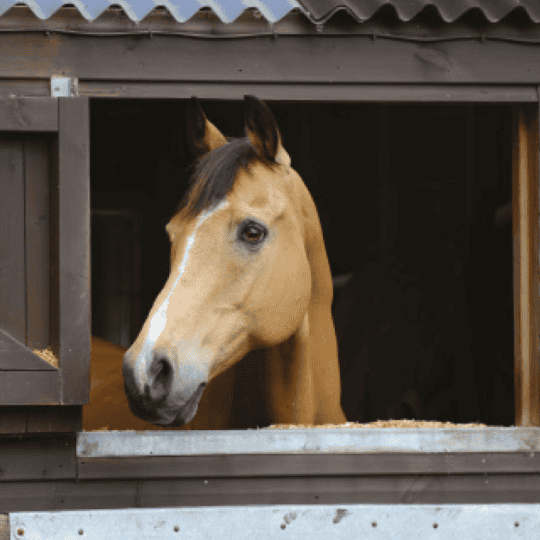Rough and ready
Posted 30th September 2022
Would your horse benefit from a break this winter? Horse&Rider investigates the what, why and how of roughing off

After a long summer of cross-country outings, dressage tests and general shenanigans, winter presents a rare opportunity for both you and your horse to have some well-deserved time off. There are a variety of reasons why an interval in your busy schedule may be a good move for both your and your horse’s physical and mental wellbeing – but roughing off doesn’t simply mean chucking your horse out full-time and leaving him to it.
We give you all the facts you’ll need to consider when deciding whether a break is what your horse needs, and if so, how to go about letting him down correctly and safely.
What is roughing off?
The definition of roughing off is the process of preparing your horse for the transition to full-time turnout and letting his fitness down gradually. It should happen across 2–3 weeks, but very much depends on your horse’s individual needs, level of fitness, breed, age and condition.
Said turnout can last anywhere between a few weeks to a few months or even up to a year if he’s turned away for health or injury reasons. As a guide, many top eventers tend to have a break for around six to eight weeks, which begins at the end of the eventing season until early January when initial fitness work resumes in preparation for the start of the season in March.
Why might you do it?
There are a few different reasons why an owner may choose to give their horse a holiday at grass for the winter, such as…
- he’s due a break after working so hard over the summer
- he’s a young horse who needs some time to grow and mature
- he’s obtained an injury
- the rider needs to take a break
However, roughing off may not be the right move for every horse. If you don’t have access to 24/7 turnout, a stabled horse who’s used to a busy work routine is likely to become full of energy, bored and potentially stiff if you give him time off. So, it’s important to consider your circumstances and whether it might suit him to temporarily move somewhere more suitable for his break.
TOP TIP
The more time your horse has off, the longer you’ll need to spend bringing him back into work afterwards. When planning your calendar for next year, make sure you allow 8–12 weeks to get him back to full fitness.
For more information about roughing off and how you go about it, check out November Horse&Rider – on sale now!











